5 Tips to Maximize Biodiversity in Your Sustainable Forest
- August 8, 2024
- 0 comment
Maximizing biodiversity in sustainable forests is a critical endeavor for environmental conservation, ecosystem health, and the well-being of future generations. Biodiversity refers to the variety of life forms within a particular habitat, including plants, animals, and microorganisms.
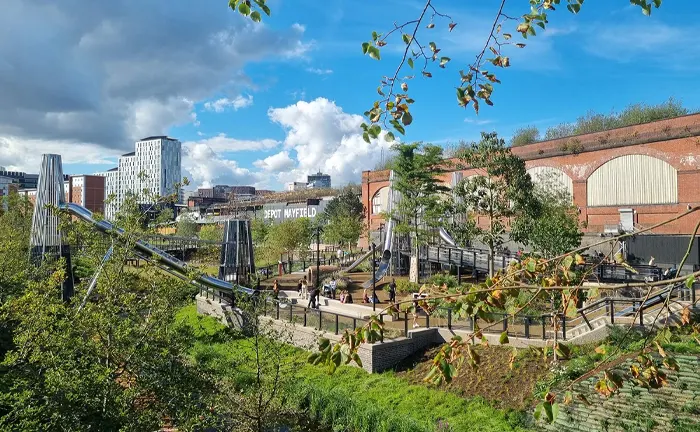
High biodiversity enhances ecosystem resilience, improves productivity, and provides a range of ecosystem services such as water purification, pollination, and climate regulation. Here are five essential tips to maximize biodiversity in your sustainable forest, ensuring it remains vibrant and productive.
List 5 Tips to Maximize Biodiversity in Your Sustainable Forest:
- Investing in Reforestation
- Investing in Natural Forest Restoration
- Supporting Indigenous Peoples and Local Communities
- Reducing Pressure on Intact Forests and Their Biodiversity
- Reducing the Carbon Footprint of Construction
How to Maximize Biodiversity in Your Sustainable Forest
Envisioning a future where the climate is stable requires a two-pronged approach when it comes to our world’s forests: protecting and restoring natural forests for their ecological and climate benefits, and sustainably managing working forests to support a sustainable, circular economy.
Many people feel uneasy about the idea of cutting down trees. While wood is an incredibly useful material, there’s a reluctance to accept that it can be harvested from forests. A 2017 study commissioned by the North American Forest Partnership revealed that nearly 80% of respondents viewed wood as a renewable resource, but less than 20% linked the forest sector with sustainability.
This misconception is unfortunate and, in our current era of climate crises, increasingly dangerous. The truth is, that sustainable forestry and forest products play a crucial role in helping us mitigate climate change. Here are five ways we can enhance biodiversity in sustainable forests to contribute to this effort.
1. Investing in Reforestation
The Importance of Reforestation
Reforestation involves planting trees in areas where forests have been depleted. This practice is vital for restoring ecosystems, enhancing biodiversity, and combating climate change. Sustainable forest management practices that prioritize reforestation help create habitats for various species, promote soil health, and sequester carbon, thereby contributing to global climate action.
Strategies for Effective Reforestation
- Native Species Selection: Prioritize planting native tree species that are well-adapted to the local environment. Native species support local wildlife and maintain the natural balance of the ecosystem.
- Diverse Planting: Implement diverse planting schemes to create a mix of tree species. This diversity attracts different animal species and reduces the risk of disease and pest outbreaks.
- Continuous Monitoring: Regularly monitor reforested areas to ensure tree health and growth. Address any issues promptly to maintain a thriving forest.
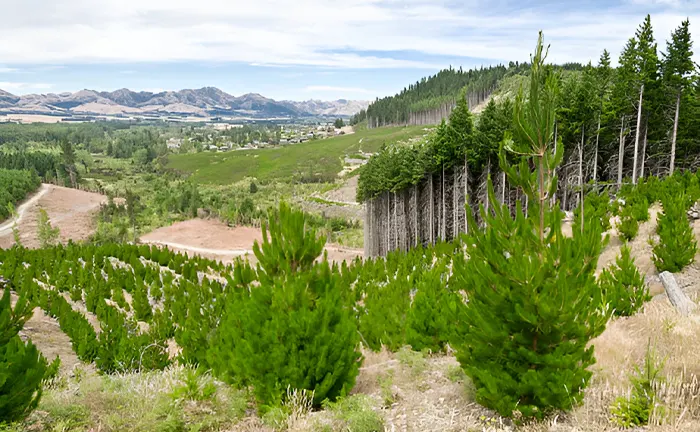
2. Investing in Natural Forest Restoration
Enhancing Ecosystem Health
Natural forest restoration focuses on reviving degraded forest areas by allowing natural processes to reestablish the ecosystem. This approach enhances biodiversity by creating habitats for various species and improving ecosystem functions.
Key Restoration Practices
- Restoring Peatlands and Wetlands: These areas are rich in biodiversity and play a crucial role in carbon sequestration. Protect and restore these habitats to boost biodiversity and mitigate climate change.
- Reintroducing Native Species: Reintroduce native and endangered species to degraded lands. This practice helps restore the natural balance and supports species that may have been displaced or diminished.
- Creating Wildlife Corridors: Establish corridors that connect fragmented habitats, allowing wildlife to move freely and maintain genetic diversity. This practice is essential for species survival and adaptation.
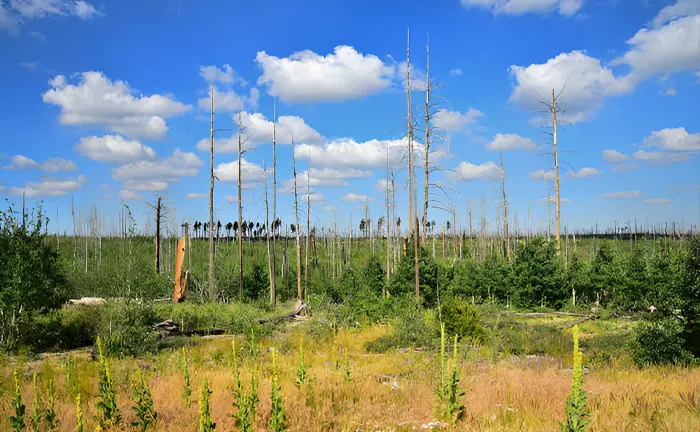
3. Supporting Indigenous Peoples and Local Communities
The Role of Indigenous Knowledge
Indigenous peoples and local communities possess invaluable knowledge about sustainable forest management and biodiversity conservation. Their traditional practices often align with the principles of sustainability and environmental stewardship.
Collaborating for Conservation
- Empowering Indigenous Communities: Support initiatives that empower Indigenous communities to manage and benefit from their forest resources. This approach not only preserves biodiversity but also sustains local livelihoods.
- Collaborative Projects: Engage in collaborative projects with Indigenous groups to implement sustainable forest management practices. These projects can serve as models for integrating traditional knowledge with modern conservation techniques.
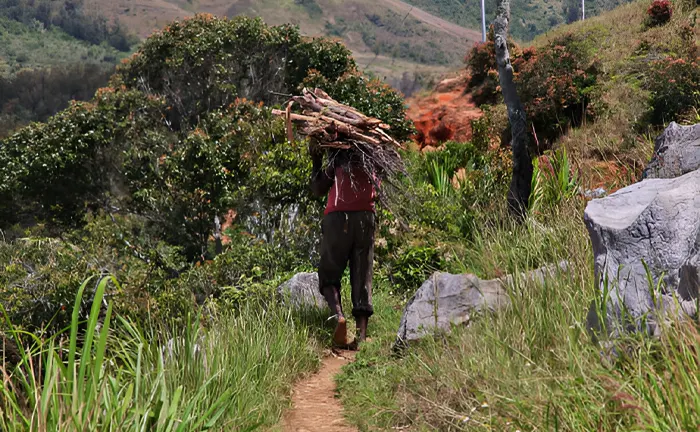
4. Reducing Pressure on Intact Forests and Their Biodiversity
The Threat of Deforestation
Deforestation poses a significant threat to biodiversity. Protecting intact forests is crucial for preserving the myriad species that inhabit these ecosystems and maintaining their ecological functions.
Sustainable Forest Management
- Promoting Planted Forests: Planted forests can meet commercial timber demand while reducing the pressure on natural forests. Ensure these forests are managed sustainably to support biodiversity.
- Certifications and Standards: Adopt and adhere to certification standards like the Forest Stewardship Council (FSC) to ensure sustainable forest management practices. These standards help protect biodiversity and promote responsible forestry.
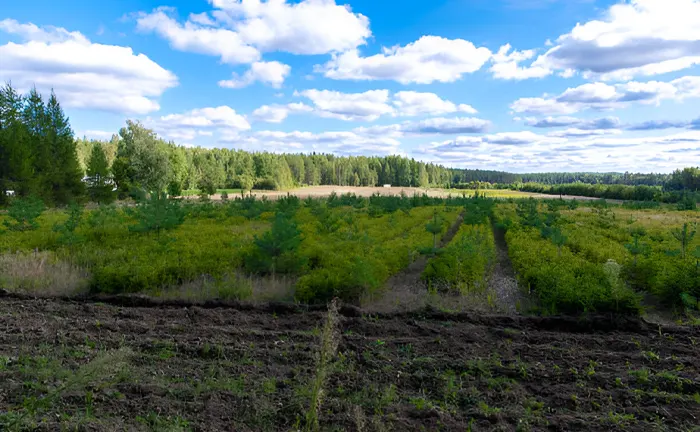
5. Reducing the Carbon Footprint of Construction
Sustainable Building Practices
The construction industry significantly impacts the environment, but using sustainably sourced wood can mitigate this impact. Wood is a renewable resource that, when managed responsibly, can reduce the carbon footprint of construction projects.
Benefits of Using Sustainable Wood
- Carbon Sequestration: Wood stores carbon throughout its life cycle, helping to reduce greenhouse gas emissions. Utilizing wood in construction projects locks away carbon for extended periods.
- Renewable Resource: Unlike concrete and steel, wood is a renewable resource that can be sustainably harvested. This reduces reliance on non-renewable materials and promotes forest regeneration.
- Promoting Mass Timber: Mass timber is a construction material made from engineered wood products. It offers a sustainable alternative to traditional building materials, reducing the carbon footprint of construction.
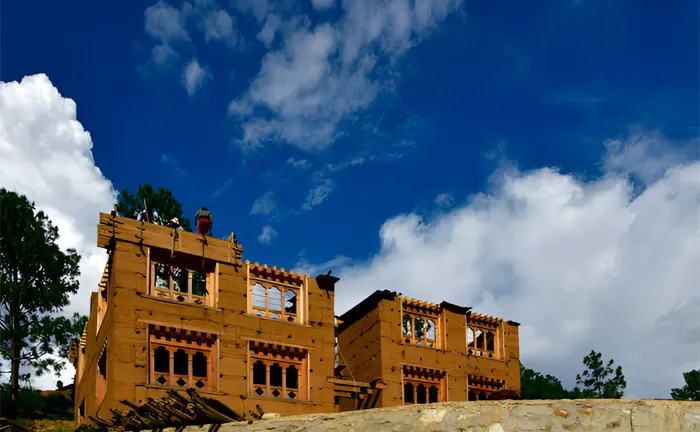
Final Conclusion
Maximizing biodiversity in sustainable forests is essential for maintaining healthy ecosystems, supporting wildlife, and combating climate change. By investing in reforestation, and natural forest restoration, supporting Indigenous communities, reducing pressure on intact forests, and promoting sustainable construction practices, we can ensure our forests remain vibrant and productive. Implementing these five tips will help create a sustainable future where biodiversity thrives, ecosystems flourish, and the planet is protected for generations to come.
Frequently Asked Questions (FAQs)
- Why is biodiversity important in sustainable forests?
Biodiversity is crucial in sustainable forests because it enhances ecosystem resilience, improves productivity, and provides essential ecosystem services such as water purification, pollination, and climate regulation. A diverse array of plant and animal species ensures that ecosystems can adapt to changes and disturbances, maintaining their functionality and health. - How does reforestation contribute to biodiversity?
Reforestation contributes to biodiversity by restoring habitats, supporting local wildlife, and promoting ecosystem health. Planting a diverse mix of native tree species creates a varied habitat structure that supports a wide range of organisms, from soil microbes to large mammals. This diversity helps ecosystems recover and thrive, bolstering their resilience against environmental changes. - What are the benefits of natural forest restoration?
Natural forest restoration improves ecosystem functions, supports species reintroduction, and enhances biodiversity by allowing natural processes to restore degraded areas. This method encourages the growth of a wide variety of native species, leading to a more complex and stable ecosystem. It also helps re-establish natural cycles and processes, such as nutrient cycling and soil formation, that are vital for a healthy forest. - How can Indigenous communities help in biodiversity conservation?
Indigenous communities possess traditional knowledge and sustainable practices that align with biodiversity conservation, making them valuable partners in forest management. Their deep understanding of local ecosystems and species allows for the development of conservation strategies that are both effective and culturally relevant. Collaborating with Indigenous communities ensures that conservation efforts are respectful of their rights and contributions. - What is the role of planted forests in reducing pressure on natural forests?
Planted forests play a crucial role in reducing pressure on natural forests by meeting commercial timber demand. By providing a sustainable source of wood, planted forests decrease the need to harvest from natural forests, allowing these areas to maintain their biodiversity and ecological functions. Properly managed planted forests can also serve as habitats for various species, further supporting biodiversity. - How does sustainable wood use reduce the carbon footprint of construction?
Sustainable wood use reduces the carbon footprint of construction by storing carbon throughout its life cycle, offering a renewable alternative to concrete and steel, and reducing greenhouse gas emissions. Wood products sequester carbon, meaning that carbon absorbed by trees during their growth remains locked in the wood even after it is used in construction. This helps mitigate climate change by reducing the overall carbon emissions associated with building materials. - What are wildlife corridors, and why are they important?
Wildlife corridors are natural or man-made pathways that connect fragmented habitats, allowing animals to move freely and maintain genetic diversity, which is essential for species survival. These corridors enable species to access different parts of their habitat for food, mating, and migration, reducing the risks of inbreeding and local extinctions. They are critical for maintaining healthy populations and ecosystems. - How can we ensure sustainable forest management practices?
We can ensure sustainable forest management practices by adopting certification standards like the Forest Stewardship Council (FSC). These standards set rigorous criteria for forest management, including the protection of biodiversity, sustainable harvesting practices, and the rights of Indigenous and local communities. Certification provides a framework for responsible forestry that balances environmental, social, and economic considerations. - What is mass timber, and how does it benefit the environment?
Mass timber is an engineered wood product used in construction that reduces reliance on non-renewable materials, lowers the carbon footprint, and promotes sustainable forestry. It is made by bonding layers of wood together to create strong, durable building materials. Mass timber construction sequesters carbon and offers a renewable alternative to steel and concrete, which are more carbon-intensive to produce. - How can reintroducing native species improve biodiversity?
Reintroducing native species helps restore the natural balance of ecosystems, supports endangered species, and enhances overall biodiversity in degraded areas. Native species are adapted to local conditions and play specific roles in their ecosystems. Reintroduction efforts can revive ecological interactions and processes that have been disrupted, leading to healthier and more resilient ecosystems.
We hope this guide helps you maximize biodiversity in your sustainable forest, ensuring it remains vibrant and productive. Have experiences with any of the tips we’ve discussed, or additional advice on promoting biodiversity? Share your thoughts and join the conversation below. Your insights could help others make informed decisions and shape future discussions. Don’t forget to share this guide with fellow forestry enthusiasts and professionals!

Gilbert Griffin
Forestry AuthorGilbert Griffin is a forest management expert specializing in sustainable practices, forest health, conservation, and land management. With extensive knowledge in pest control, disease management, and habitat restoration, Gilbert develops strategies to preserve forest ecosystems and biodiversity. Passionate about the natural world, Gilbert adapts to changes in forest management and stays updated through continuous learning. Gilbert also provides seasonal advice to optimize forest care throughout the year.

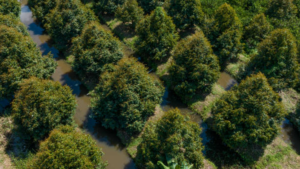
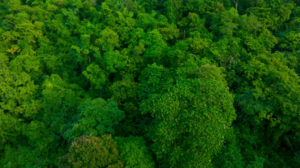

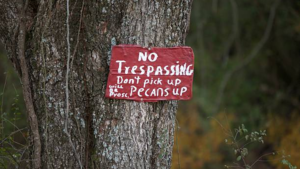
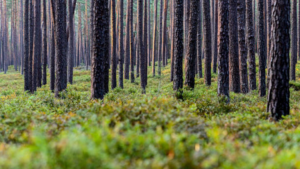
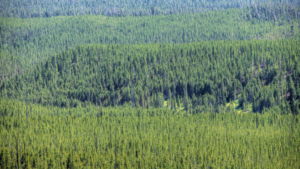
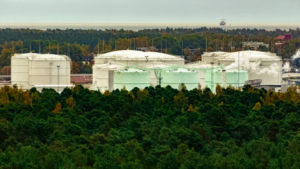
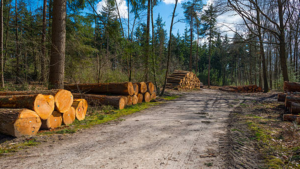
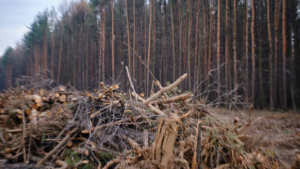
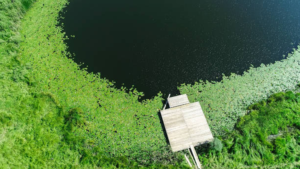
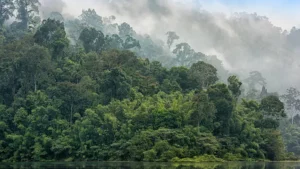
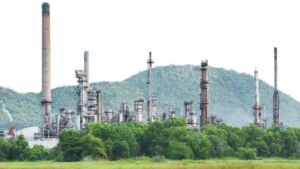
Leave your comment